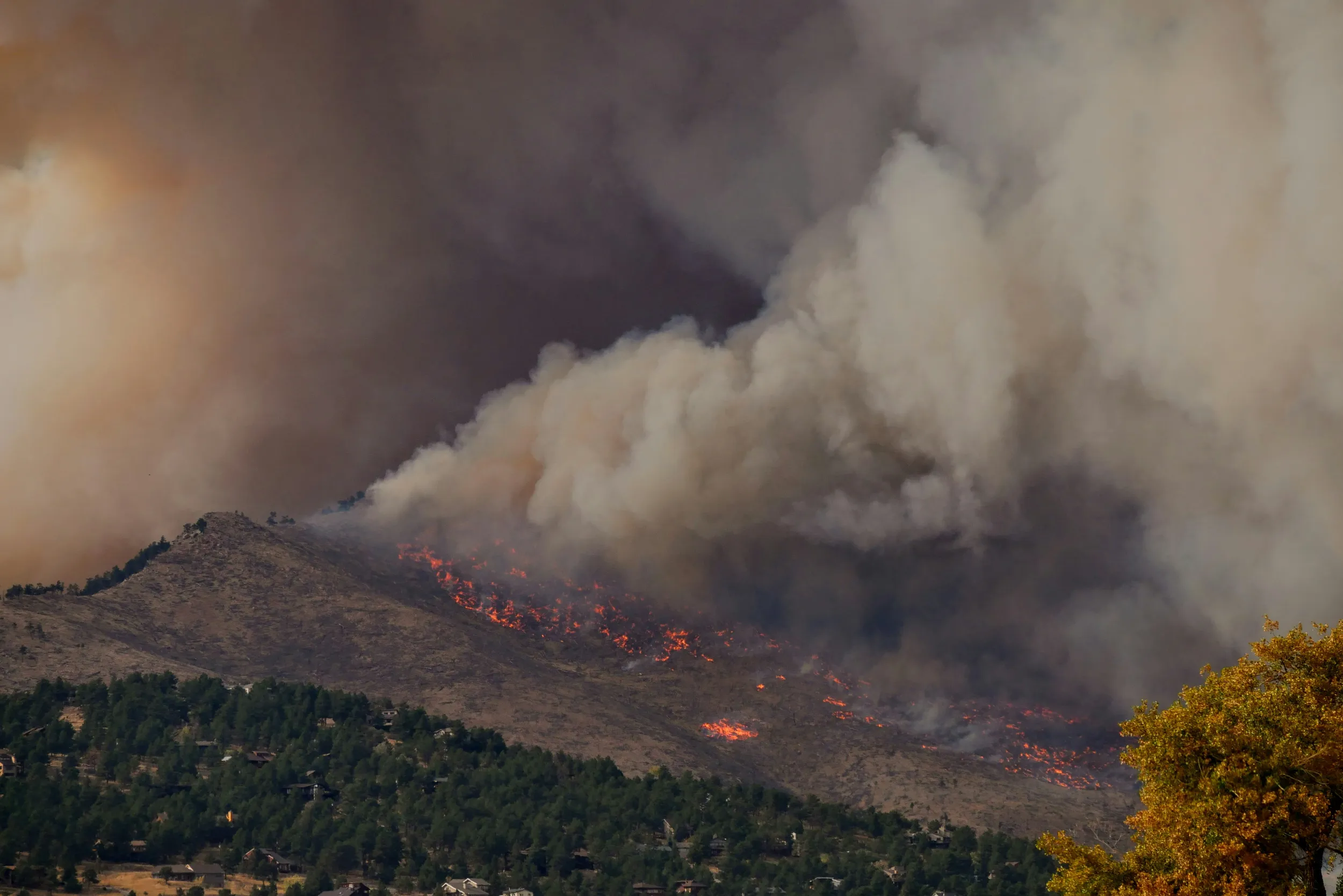

GEO Wildfire-Health Nexus
Challenge
Wildfires are escalating globally due to climate change and land use shifts, causing cascading health-environment-socioeconomic crises. Current systems face critical gaps:
The WHO estimates wildfire smoke causes 340,000 premature deaths annually, while the World Bank projects $100B+ yearly economic losses by 2050. Vulnerable populations face five times higher respiratory risks, and biodiversity hotspots lose keystone species irreversibly. A unified science-to-action framework is urgently needed.
Solution
GEO WHN integrates nine modules across three functional tiers to address the interconnected health and environmental impacts of wildfires. Real-time monitoring (EYE) feeds predictive analytics (FAST, EMIT) to assess fire and emission dynamics.
Damage mapping (MAP) couples with long-term projections (SCALE) to guide ecological restoration (ECOR), safeguarding environmental health. Emergency (RESP), economic (ECON), and health (LIFE) modules translate insights into actionable protocols.
Aligned with GEO’s Earth Observation Value Chain, we establish standardised interfaces enabling modular interoperability. Regional demonstrations validate full-cycle solutions, from early detection to ecosystem recovery, through tight integration with important other GEO projects (such as GWIS and HEALTH-CoP), exemplifying collaborative One Health approaches.
Annual Nexus Reports synthesise cross-module findings, advancing global best practices for wildfire resilience and promoting integrated fire-health-ecosystem response protocols.
From observation to policy action, we close the wildfire-health governance loop, underscoring our commitment to a holistic health paradigm.
Intended Socioeconomic and Environmental Impact
GEO WHN will fundamentally transform wildfire governance by:
- Catalysing cross-domain collaboration through integrated fire-health-ecosystem response protocols, establishing an end-to-end solution covering prevention, real-time response and long-term recovery.
- Setting global standards with open-access data products (such as harmonised exposure indices) and annual State of Fire & Health Reports, advancing the field’s methodological rigor.
- Achieving optimised and sustainable health outcomes across human, animal and environmental domains, by fostering a deeper understanding of their interdependence and guiding comprehensive interventions.
- Exemplifying GEO’s Earth Observation Value Chain by demonstrating how integrated data flows can drive actionable policies.
This systemic approach will redefine best practices for translating Earth observations into multi-sectoral resilience, positioning the GEO WHN as the benchmark for comprehensive environmental health interventions with interconnected impacts.
Objectives for 2025–2030
- Finalize nine-module roadmaps through regional workshops (Asia/Africa).
- Establish Integrated Demonstration Zones in China and Senegal.
- Form Science-Policy Steering Group with observers from international organizations (e.g., GEO, WHO, WMO, and UNEP).
- Deliver first-generation products per module.
- Draft Integrated Experiment Plan through collective workshop.
- Develop cross-module validation framework.
- Achieve 90% uptime for core modules in demo zones.
- Operationalize automated report generation (AI-assisted).
- Certify over three national agencies adopting standards.
- Deploy full-stack solutions in demo zones.
- Institutionalize biennial Nexus State Reports.
- Transfer system to over five GEO Members.
- Institutionalize Nexus Solutions Marketplace for:
- Commercial service providers.
- Community innovation adaptations.
- Establish GEO Wildfire Resilience Certification.
How We Work
Donors
Partners
GEO Members
Points of Contact






